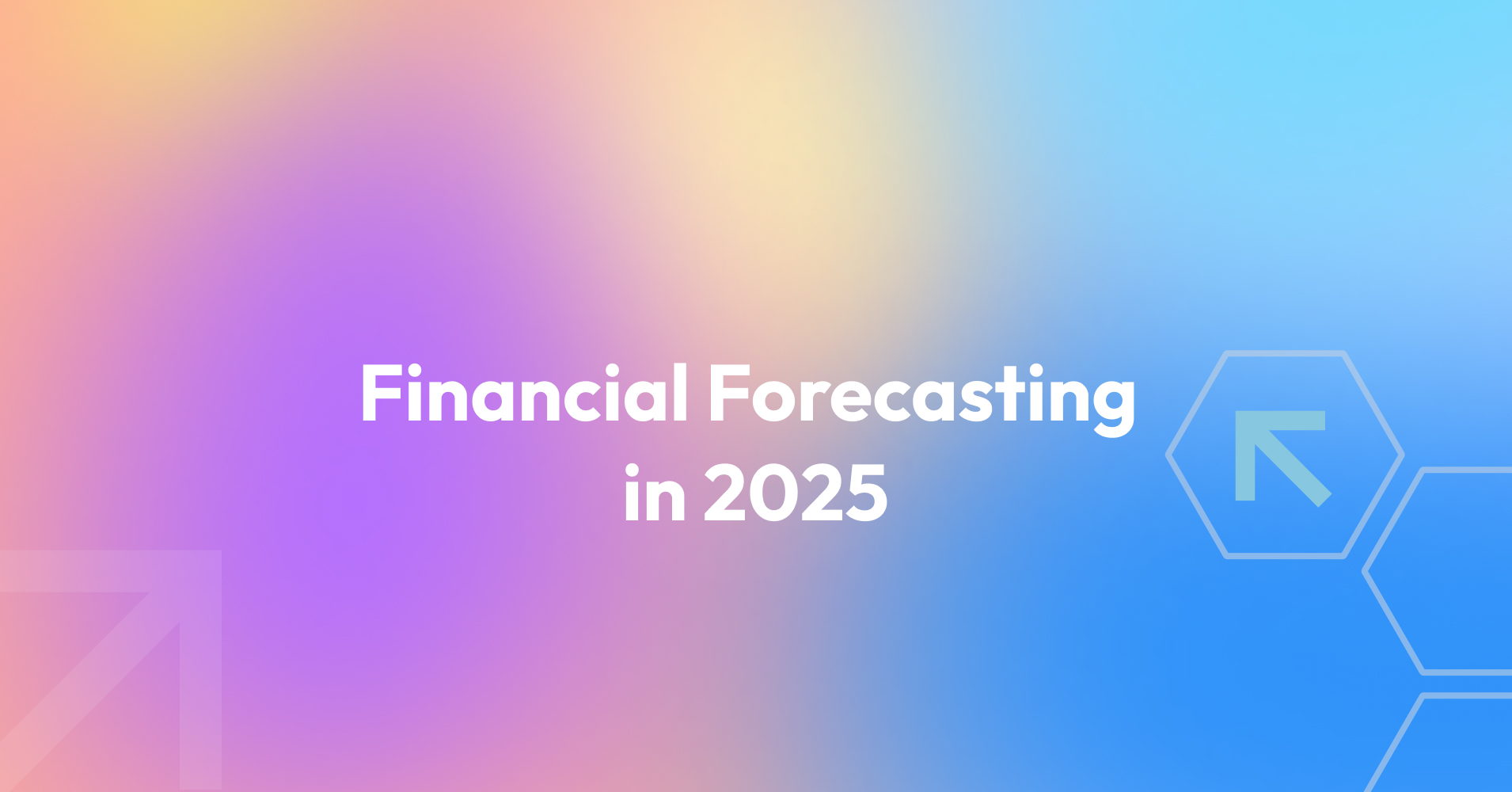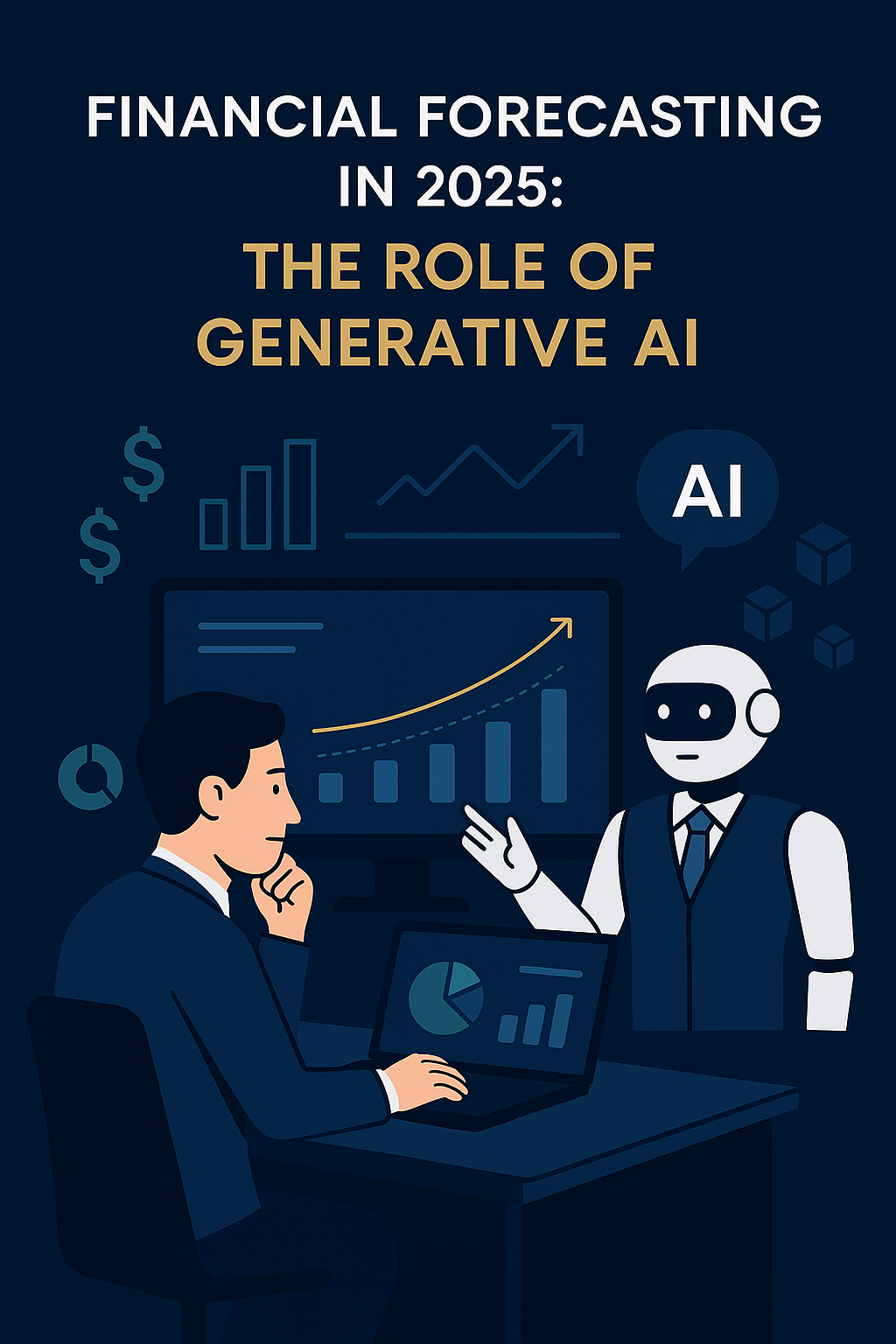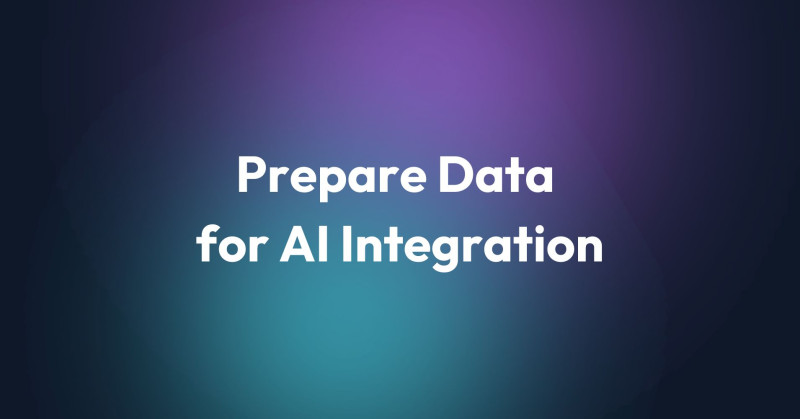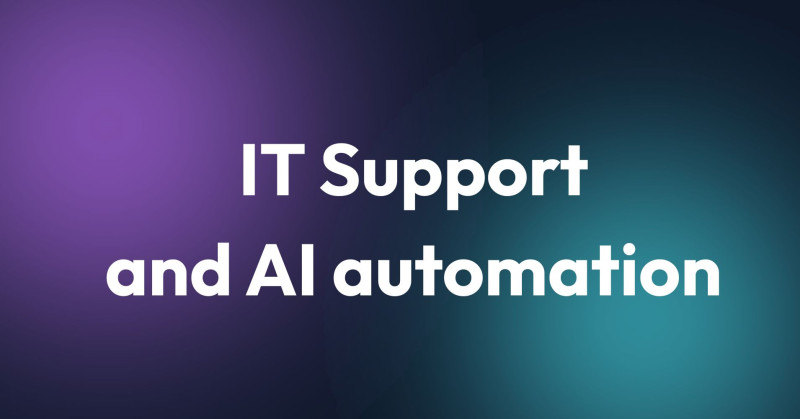In today’s volatile global economy, financial leaders face increasing uncertainty. Market shifts, supply chain disruptions, inflation, and geopolitical tensions are making accurate financial forecasting more challenging than ever. For CFOs and finance teams, developing reliable forecasts is not only about projecting revenue but also about managing risk and optimizing resource allocation.

This is where generative AI is transforming financial forecasting — enabling more adaptive, data-driven, and forward-looking predictive analytics.
Why Traditional Financial Forecasting Models Are No Longer Sufficient
For years, organizations have relied on traditional forecasting models built on:
Historical financial data
Regression models
Static spreadsheets
Human expert adjustments
While these approaches have worked in relatively stable environments, they often fail to capture sudden market shifts or nonlinear trends. The limitations include:
Inability to process large, unstructured data sources
Slow response to changing variables
Over-reliance on manual scenario planning
Limited ability to simulate complex, multi-factor relationships
In 2025, agility and precision in forecasting require real-time, AI-powered systems capable of learning from diverse data streams.

How Generative AI Revolutionizes Financial Forecasting
Generative AI combines advanced machine learning, neural networks, and natural language processing to build highly sophisticated forecasting models. Unlike static models, generative AI can:
Simulate multiple economic scenarios
Generate synthetic data for better model training
Continuously refine forecasts as new data arrives
Detect hidden patterns and nonlinear correlations
According to Gartner, organizations adopting AI-powered forecasting have seen forecasting accuracy improve by up to 50%, with faster response times to market changes.
Key Applications of Generative AI in Financial Forecasting
1. Dynamic Revenue Forecasting
Generative AI models incorporate:
Real-time sales data
Market trends
Customer sentiment analysis
Competitive intelligence
This enables CFOs to generate rolling forecasts that adjust to current business conditions, improving revenue predictability.
2. Cash Flow and Liquidity Management
AI agents simulate various cash flow scenarios, helping finance teams:
Anticipate liquidity shortfalls
Optimize working capital
Improve treasury management decisions
Benefit: Reduced reliance on short-term financing and better capital allocation.
3. Scenario Planning and Stress Testing
Generative AI enables CFOs to model multiple “what-if” scenarios, including:
Interest rate fluctuations
Supply chain disruptions
Regulatory changes
Market crashes
This supports proactive decision-making and better risk preparedness.
4. Predictive Cost Modeling
AI analyzes:
Vendor pricing trends
Labor market shifts
Raw material price volatility
Supply chain dynamics
This allows finance teams to forecast cost structures with greater precision and build more resilient budgets.
5. Expense Optimization and Budget Allocation
Generative AI helps identify:
Underperforming business units
Inefficient spending patterns
ROI on capital investments
CFOs can make data-driven adjustments to resource allocation and investment priorities.
6. M&A and Capital Investment Forecasting
Generative AI models simulate various outcomes for mergers, acquisitions, and capital projects by integrating:
Macroeconomic indicators
Industry benchmarks
Competitor data
Regulatory implications
Result: More informed financial decisions with a clearer view of long-term ROI.
Strategic Benefits for CFOs and Finance Leaders
By leveraging generative AI for financial forecasting, CFOs can:
Improve forecasting accuracy
Strengthen risk management
Enhance agility in capital planning
Optimize liquidity and cash flow
Support more confident board-level decision-making
According to PwC, companies using AI-powered forecasting can improve EBITDA margins by up to 5–7% due to better financial planning accuracy.
Key Implementation Challenges
While the benefits are significant, deploying generative AI also requires:
Data governance: Clean, integrated, and high-quality datasets
Model transparency: Explainable AI for regulatory compliance and auditor trust
Cross-functional collaboration: Alignment between finance, data science, and IT teams
Ethical considerations: Ensuring fairness, bias mitigation, and responsible AI use
Strategic Takeaway in 2025
For CFOs and finance executives, generative AI is rapidly becoming an essential tool for future-ready financial forecasting. In an environment of constant change, traditional models are simply too static. AI-powered predictive analytics deliver faster insights, greater forecasting accuracy, and more robust scenario planning — helping financial leaders navigate uncertainty with confidence.





















